What to Know
How to Train a Labrador Retriever Puppy?
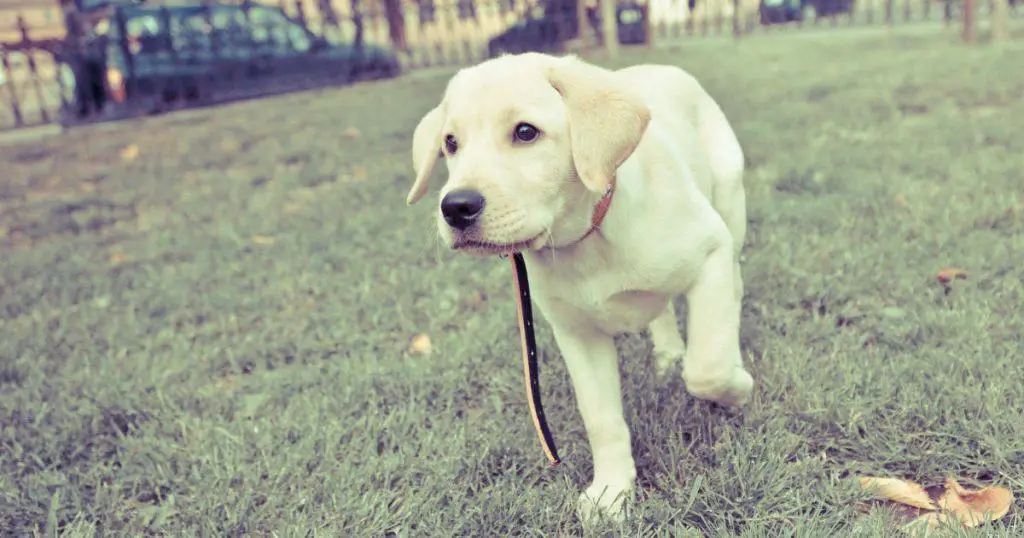
Training a Labrador Retriever puppy can be a rewarding experience for both you and your furry friend. Labrador Retrievers are known for their intelligence, loyalty, and friendly nature, making them a popular choice for families and individuals alike. However, training a Labrador Retriever puppy can also be a challenging task, especially if you are a first-time dog owner.
In this article, we will provide you with practical tips and techniques to train your Labrador Retriever puppy. We will cover topics such as understanding Labrador Retrievers, essential training tools and techniques, socializing your Labrador puppy, leash and command training, house and crate training, exercise and playtime, behavior and obedience training, training Labrador for specific roles, addressing common issues, health and grooming, and puppy proofing your home.
By following these tips, you can ensure that your Labrador Retriever puppy grows up to be a well-behaved, happy, and healthy dog.
Key Takeaways
- Training a Labrador Retriever puppy requires patience, consistency, and positive reinforcement.
- Socializing your Labrador puppy is crucial to prevent behavioral issues in the future.
- Proper exercise, playtime, and grooming are essential for the overall health and well-being of your Labrador Retriever puppy.
Understanding Labrador Retrievers
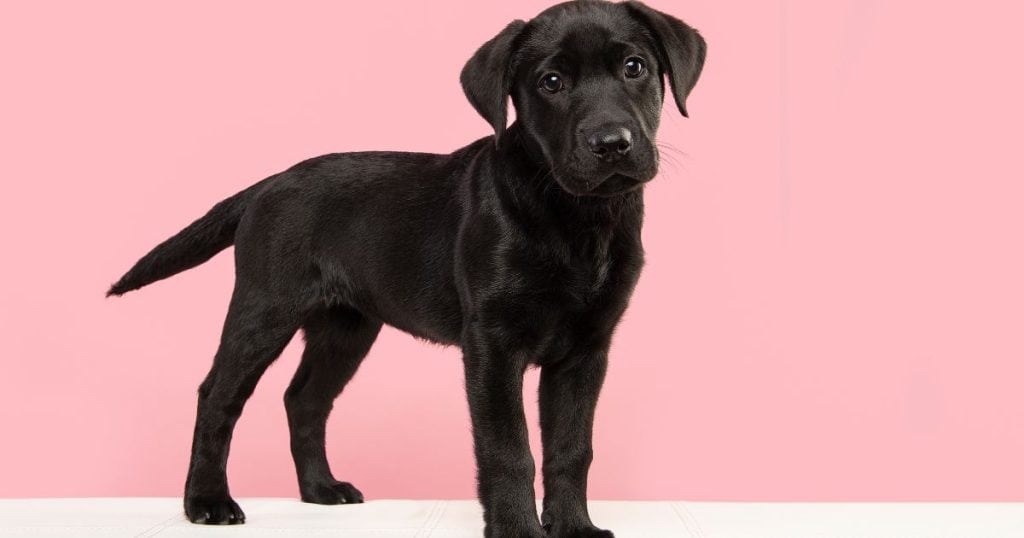
If you’re considering bringing a new puppy into your home, you may want to consider a Labrador Retriever. This breed of dog is one of the most popular in the United States and for good reason. Labradors are friendly, and loyal, and make great family pets.
Labrador Retrievers were originally bred in Newfoundland as water dogs and hunting dogs in the 1830s. They were used to retrieve fish and game from the water, and their webbed paws and water-resistant coat made them well-suited for the job. Today, Labradors are still used for hunting, but they are also popular as family pets, guide dogs, and search and rescue dogs.
Labrador Retrievers are a breed of dog that comes in three colors: black, yellow, and chocolate. They have a short, dense coat that sheds seasonally, and their ears hang down close to their head. Labradors are known for their friendly and outgoing personalities, and they are great with children and other pets.
As with any breed of dog, it’s important to understand the specific needs of Labrador Retrievers. They require regular exercise and mental stimulation, and they can become destructive if they don’t get enough attention. Lab puppies should be socialized early on to help them develop good behavior and manners.
In summary, Labrador Retrievers are a popular and friendly breed of dog that make great family pets. They have a rich history as water dogs and hunting dogs, and they are still used for these purposes today. As with any breed of dog, it’s important to understand their specific needs and provide them with the proper care and attention.
Essential Training Tools and Techniques
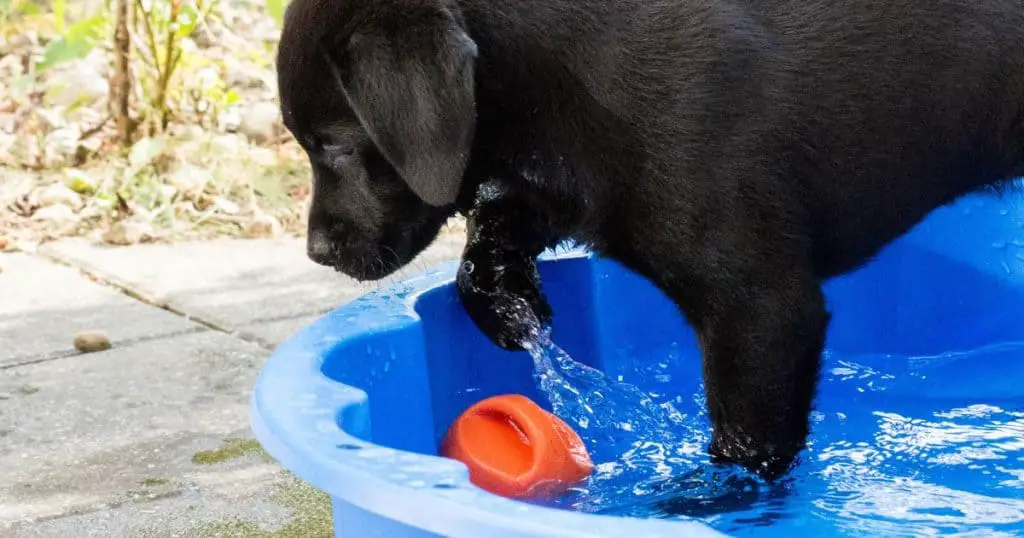
When it comes to training your Labrador Retriever puppy, there are a few essential tools and techniques that you’ll want to have in your arsenal. These tools and techniques will help you to train your puppy effectively and efficiently, while also helping to build a strong bond between you and your furry friend.
Positive Reinforcement Training
Positive reinforcement training is one of the most effective and humane ways to train your puppy. This technique involves rewarding good behavior with treats, affection, and praise while ignoring or redirecting bad behavior. By using positive reinforcement, you can help your puppy to learn new commands and behaviors quickly, while also building a strong bond based on trust and respect.
Repetition and Consistency
Repetition and consistency are key when it comes to training your puppy. Dogs learn best through repetition, so it’s important to practice commands and behaviors regularly. Consistency is also important, as it helps to reinforce the behavior and prevent confusion. Make sure to use the same commands and techniques every time you train your puppy, and be patient – it may take some time for your puppy to catch on.
Basic Commands
Teaching your puppy basic commands is an important part of training. Commands like “sit,” “stay,” and “come” are essential for keeping your puppy safe and well-behaved. Make sure to start with basic commands and work your way up to more advanced ones as your puppy progresses.
Treats and Rewards
Treats and rewards are a great way to motivate your puppy during training. Use small, bite-sized treats that your puppy loves, and reward good behavior immediately. You can also use toys, praise, and affection as rewards, depending on what your puppy responds to best.
Obedience Training Classes
If you’re having trouble training your puppy on your own, consider enrolling in obedience training classes. These classes are a great way to get professional guidance and support, while also socializing your puppy with other dogs. Look for classes that use positive reinforcement training techniques and have experienced trainers.
Clicker Training
Clicker training is a popular training technique that uses a clicker to mark good behavior. The clicker is a small device that makes a distinct clicking sound when pressed, which signals to your puppy that they’ve done something right. Clicker training can be a fun and effective way to train your puppy, but it does require some practice and patience.
Training your Labrador Retriever puppy may take some time and effort, but with the right tools and techniques, you can create a well-behaved and happy companion. Remember to be patient, consistent, and positive, and always reward good behavior with treats, affection, and praise.
Socializing Your Labrador Puppy
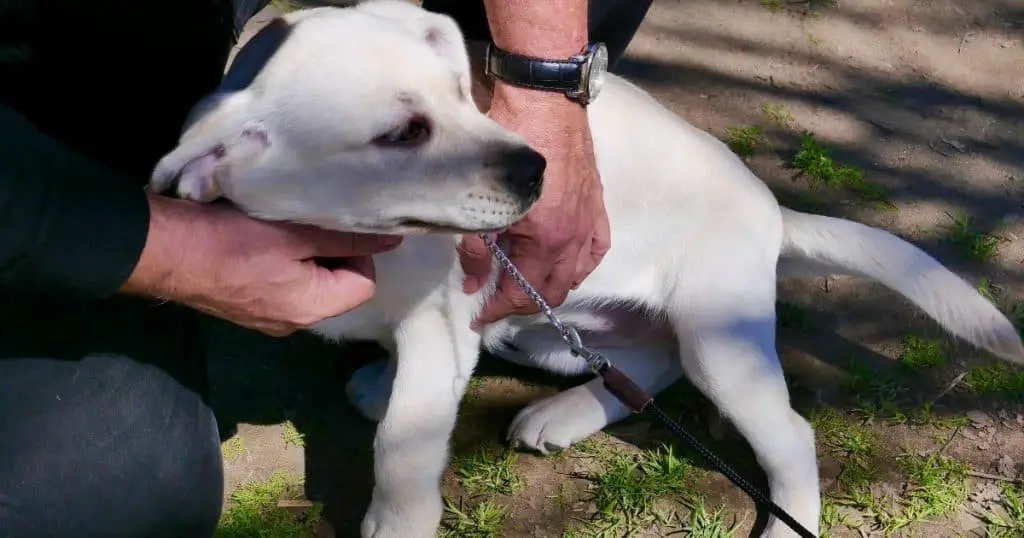
Socializing your Labrador puppy is crucial for their development into a friendly and well-adjusted adult dog. As a new puppy owner, it’s essential to introduce your puppy to a variety of experiences and scenarios before they reach three months old. This process is known as puppy socialization, and it involves familiarizing your puppy with different places, people, vehicles, and objects.
Labrador puppies are naturally friendly and sociable, but socialization helps reinforce their natural tendencies and ensures they grow up to be accepting of everyone. Introduce your puppy to as many new people and places as possible during their early months of life. Keep each new meeting and experience positive and upbeat to make the process enjoyable for your puppy.
To socialize your puppy, you can take them for walks in different environments, such as parks, beaches, and city streets. You can also introduce them to different types of people, such as children, adults, and seniors. Additionally, you can expose your puppy to different sounds, smells, and textures to help them become comfortable with new sensations.
During the socialization process, it’s essential to monitor your puppy’s behavior and reactions to new experiences. If your puppy seems anxious or fearful, take a step back and introduce them to new experiences gradually. You can also reward your puppy with treats and praise to reinforce positive behavior.
In conclusion, socializing your Labrador puppy is a critical aspect of their development into a friendly and well-adjusted adult dog. Introduce your puppy to a variety of experiences and scenarios before they reach three months old to ensure they grow up to be accepting of everyone. Remember to monitor your puppy’s behavior and reactions and introduce new experiences gradually to make the process enjoyable for your puppy.
Leash and Command Training
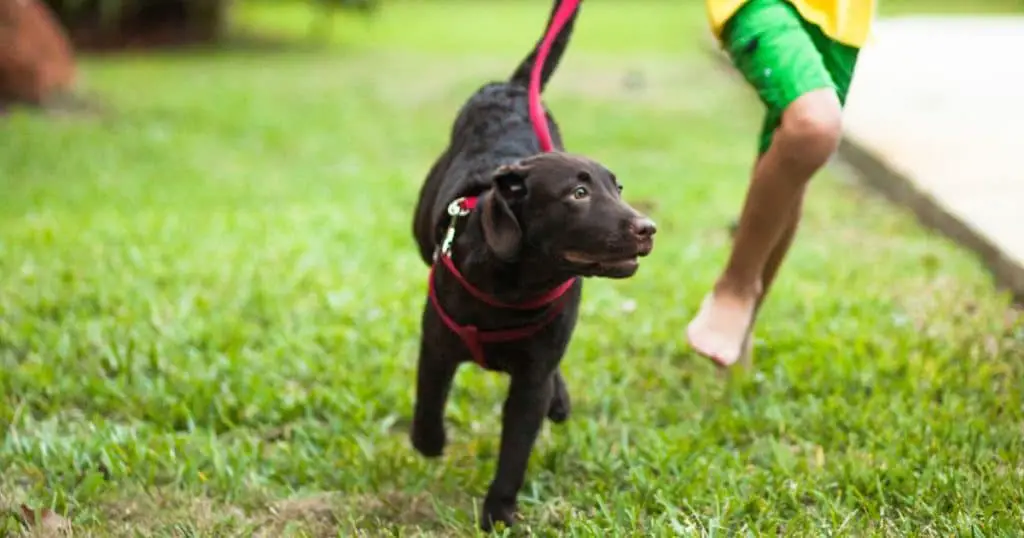
Leash and command training is crucial for your Labrador Retriever puppy. Proper leash training will make walks more enjoyable for both you and your puppy, while command training will help you establish control and build a strong bond with your furry friend.
When it comes to leash training, it’s important to start early. Introduce your puppy to the collar or harness and leash, and let them get used to wearing it. Begin by walking your puppy around the house or backyard, and gradually increase the distance and duration of the walks. If your puppy pulls on the leash, stop walking and wait until they calm down before continuing.
To teach your puppy to walk on a loose leash, use positive reinforcement. Reward your puppy with treats or praise when they walk calmly beside you. If your puppy starts to pull, stop walking and wait until they calm down before continuing. With consistency and patience, your puppy will learn to walk on a loose leash.
Command training is also essential for your Labrador Retriever puppy. The “come when called” command is one of the most important commands you can teach your puppy. Start by calling your puppy’s name and rewarding them with a treat when they come to you. Gradually increase the distance between you and your puppy, and continue to reward them when they come to you.
The “Sit” command is another important command to teach your puppy. To teach your puppy to sit, hold a treat above their head and say “Sit.” Your puppy will naturally sit down to reach the treat. Reward your puppy with the treat and praise them for sitting.
In summary, leash, and command training are crucial for your Labrador Retriever puppy. Proper leash training will make walks more enjoyable, while command training will help you establish control and build a strong bond with your furry friend. Remember to use positive reinforcement and be patient and consistent with your training.
House and Crate Training
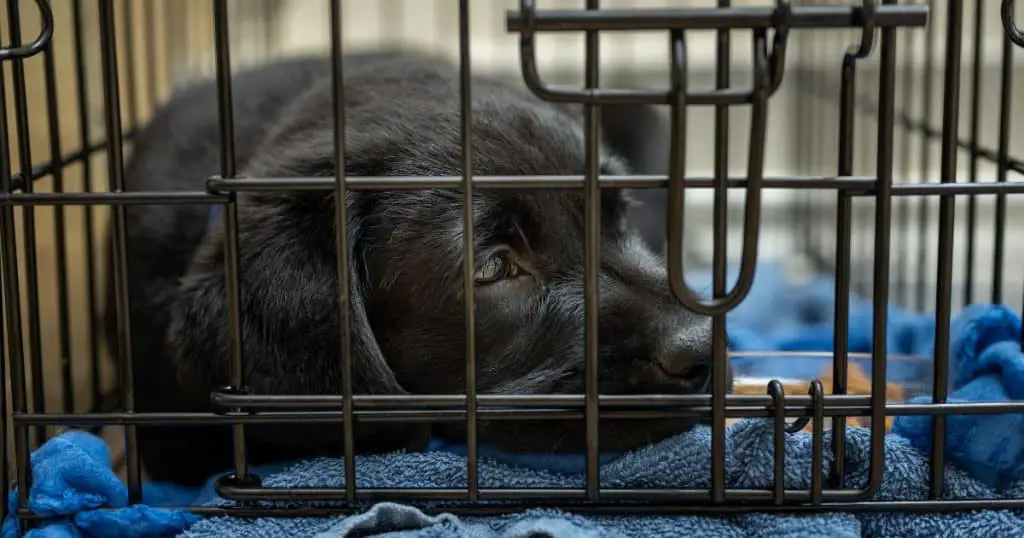
House and crate training are essential aspects of training your Labrador Retriever puppy. House training, also known as housebreaking, is the process of teaching your puppy where to eliminate. Crate training, on the other hand, involves teaching your puppy to view their crate as a safe and comfortable space where they can rest and relax.
When it comes to house training, consistency is key. You should establish a routine for your puppy that includes taking them outside regularly, especially after eating, drinking, playing, or napping. You should also praise and reward your puppy when they eliminate outside, so they learn to associate going potty in the right place with positive reinforcement.
Crate training is a great way to help your puppy feel secure and comfortable when you’re not around. It can also help with house training, as most puppies will not eliminate where they sleep. It’s important to choose the right size crate for your puppy, so they have enough room to stand up, turn around, and lie down comfortably, but not so much space that they can eliminate in one corner and sleep in another.
To crate train your puppy, you should gradually introduce them to the crate by placing treats, toys, and blankets inside, and encouraging them to explore it on their own. You should then start closing the door for short periods, gradually increasing the amount of time your puppy spends in the crate. You should never force your puppy into the crate or leave them in there for extended periods, as this can cause anxiety and distress.
Overall, house and crate training are important steps in training your Labrador Retriever puppy. With patience, consistency, and positive reinforcement, you can help your puppy learn where to eliminate and view their crate as a safe and comfortable space.
Exercise and Playtime
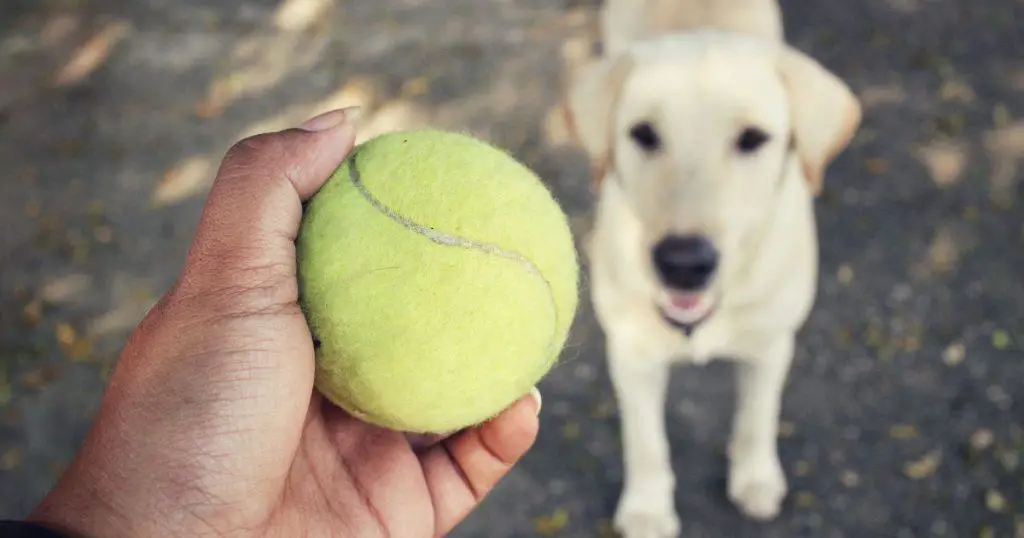
One of the most important things you can do for your Labrador Retriever puppy is to provide them with plenty of exercise and playtime. Labs are an active breed, and they need a lot of physical activity to stay healthy and happy. In this section, we will discuss some of the best ways to exercise and play with your Labrador Retriever puppy.
Exercise
There are many ways to exercise your Labrador Retriever puppy. Some of the most popular include:
- Fetch: Labs love to play fetch, and it’s a great way to get them moving. Start by throwing a ball or toy a short distance and gradually increase the distance as your puppy gets more comfortable.
- Run: If you are a runner, your Labrador Retriever puppy can be a great running partner. Start slow and gradually increase the distance and speed as your puppy gets older.
- Swimming: Labs are natural swimmers, and they love to be in the water. Swimming is a great way to provide your puppy with low-impact exercise that is easy on their joints.
- Stairs: If you have stairs in your home, you can use them to provide your puppy with a great workout. Start by walking up and down the stairs with your puppy and gradually increase the pace.
Playtime
In addition to exercise, playtime is also important for your Labrador Retriever puppy. Some of the best ways to play with your puppy include:
- Tug-of-war: Labs love to play tug-of-war, and it’s a great way to bond with your puppy. Use a rope toy or other sturdy toy that your puppy can grip easily.
- Hide-and-seek: Hide treats or toys around your home and encourage your puppy to find them. This is a great way to provide mental stimulation and exercise.
- Chase: Labs love to chase, and it’s a great way to provide your puppy with exercise. Use a toy or ball to encourage your puppy to run and chase.
Remember to always supervise your puppy during exercise and playtime, and stop if they seem tired or overworked. With plenty of exercise and playtime, your Labrador Retriever puppy will be happy, healthy, and well-adjusted.
Behavior and Obedience Training
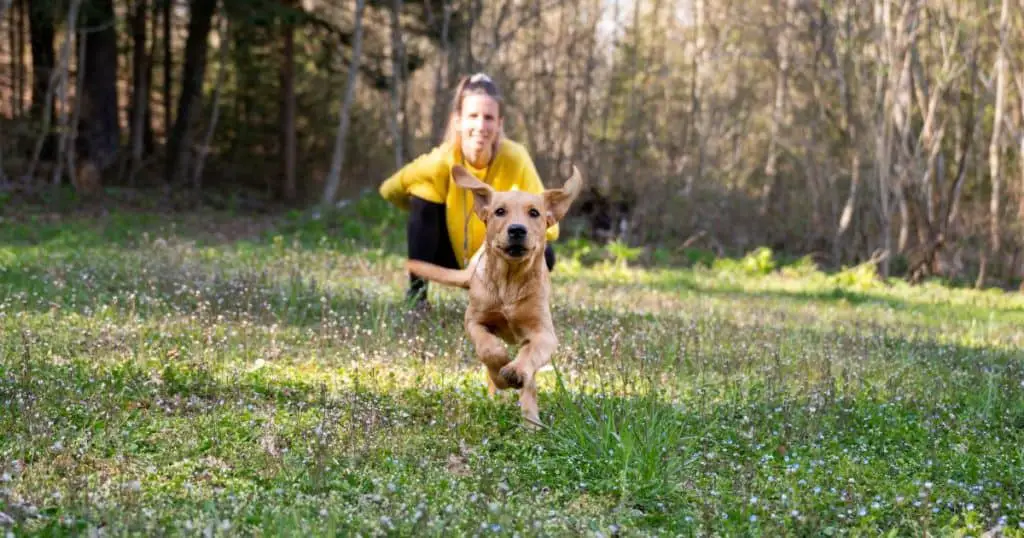
Training your Labrador Retriever puppy is an essential part of ensuring that they grow up to be well-behaved and obedient dogs. Behavior and obedience training are two crucial aspects of this process. Behavior training focuses on teaching your puppy good manners and habits, while obedience training is all about teaching them basic commands and how to respond to them.
Good behavior training involves teaching your puppy how to behave in different situations. This includes teaching them how to interact with people and other animals, how to walk on a leash, and how to behave in the house. One of the most important aspects of behavior training is socialization. Socialization involves exposing your puppy to different people, animals, and environments to help them become comfortable and confident in any situation.
Obedience training involves teaching your puppy basic commands such as sit, stay, come, and heel. These commands are essential for ensuring that your puppy is well-behaved and safe. Obedience training also involves teaching your puppy how to behave in different situations, such as when meeting new people or encountering other animals.
Behavior problems can arise if your puppy is not properly trained. These problems can include chewing, digging, jumping, and barking excessively. Behavior and obedience training can help prevent these problems from developing and ensure that your puppy grows up to be a well-behaved and obedient dog.
In summary, behavior, and obedience training are essential for ensuring that your Labrador Retriever puppy grows up to be a well-behaved and obedient dog. Good behavior training focuses on teaching your puppy good manners and habits, while obedience training is all about teaching them basic commands and how to respond to them.
Socialization is a crucial part of behavior training, while obedience training involves teaching your puppy basic commands and how to behave in different situations. By properly training your puppy, you can prevent behavior problems from developing and ensure that your puppy grows up to be a happy and well-behaved dog.
Training Labrador for Specific Roles
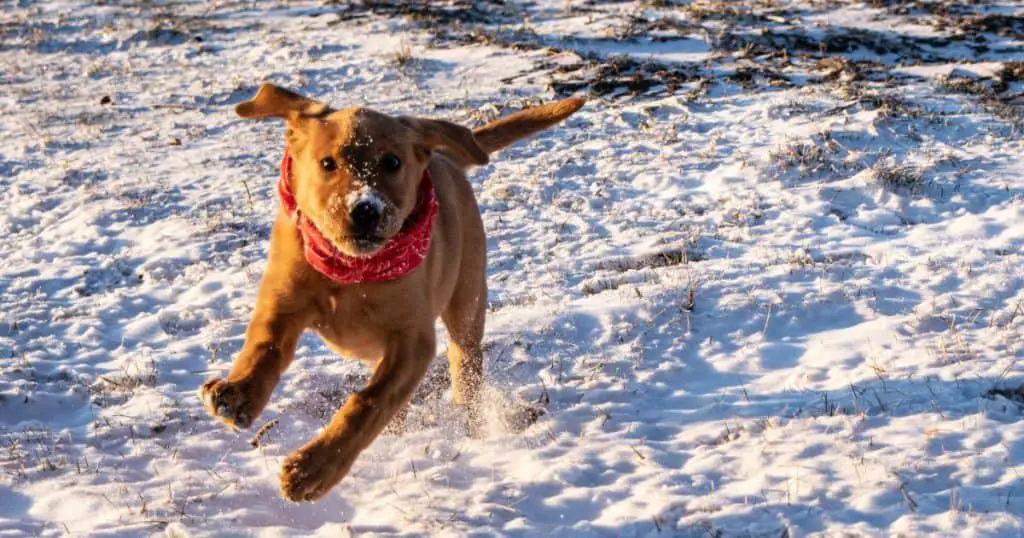
Labrador Retrievers are versatile and intelligent dogs that can be trained for a variety of roles. Whether you want your Lab to work, hunt, or become a service dog, there are specific training techniques and requirements for each role.
Work
Labradors can be trained for various types of work, including search and rescue, police work, and detection work. These jobs require a high level of obedience, focus, and endurance. Training for work involves teaching your Lab to follow commands and work in a variety of environments. It also involves training your dog to work with a handler and to be comfortable around strangers.
Hunt
Labradors are one of the most popular hunting dogs in the world. They are often used to retrieve game birds and waterfowl. Hunting dogs require specialized training to develop their natural instincts and skills. Training for hunting involves teaching your Lab to retrieve, track, and follow commands. It also involves exposing your dog to different environments and situations, such as water and thick brush.
Service Dog
Labradors are often trained to become service dogs for people with disabilities. Service dogs must be well-behaved, obedient, and able to perform specific tasks to assist their owners. Training for service dogs involves teaching your Lab to perform tasks such as opening doors, turning lights on and off, and retrieving items. It also involves socializing your dog to be comfortable around people and other animals.
Guide Dogs
Labradors are also trained to become guide dogs for people with visual impairments. Guide dogs must be able to navigate a variety of environments and obstacles while keeping their owners safe. Training for guide dogs involves teaching your Lab to follow commands and navigate different environments. It also involves socializing your dog to be comfortable around people and other animals.
Therapy Dog
Labradors are often used as therapy dogs to provide comfort and support to people in hospitals, nursing homes, and other settings. Therapy dogs must be friendly, calm, and well-behaved. Training for therapy dogs involves teaching your Lab to be comfortable around people and other animals. It also involves teaching your dog to perform specific tasks, such as sitting quietly and allowing people to pet them.
Dog Sport
Labradors are popular participants in dog sports such as agility, obedience, and flyball. Dog sports require a high level of obedience, focus, and athleticism. Training for dog sports involves teaching your Lab to follow commands and perform specific tasks. It also involves exposing your dog to different environments and situations to build their confidence and skills.
In conclusion, training a Labrador Retriever for specific roles requires specialized training techniques and requirements. Whether you want your Lab to work, hunt, become a service dog, guide dog, therapy dog, or participate in dog sports, there are specific training techniques and requirements for each role. By following these techniques and requirements, you can help your Lab reach their full potential and excel in their chosen role.
Addressing Common Issues
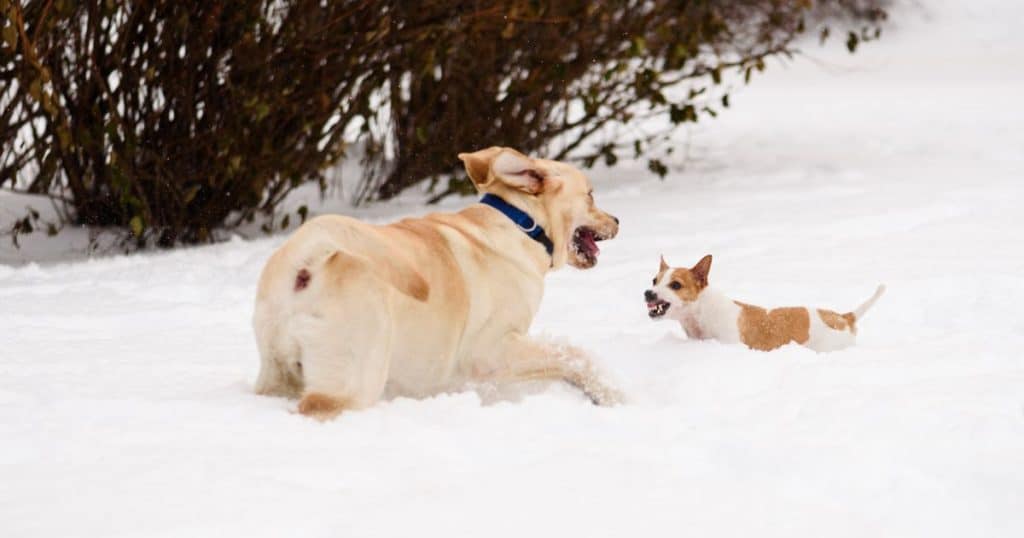
When training your Labrador Retriever puppy, it’s important to be aware of common issues that may arise. Here are some tips for addressing these issues:
Distractions
Labrador Retrievers are known for their high energy and love of play. While this is a great trait, it can also make training difficult if your puppy is easily distracted. To combat this, try to train in a quiet, distraction-free area at first. As your puppy becomes more comfortable with commands, gradually introduce distractions. Keep training sessions short and positive, and always reward good behavior.
Aggressive Behavior
If your Labrador Retriever puppy displays aggressive behavior, it’s important to address it as soon as possible. Aggression can be caused by fear, anxiety, or a lack of socialization. Make sure your puppy is properly socialized from a young age, and seek professional help if necessary. Never use physical punishment or harsh training methods, as this can worsen aggressive behavior.
Overweight
Labrador Retrievers are prone to obesity, which can lead to a variety of health problems. To keep your puppy at a healthy weight, make sure to provide plenty of exercise and a balanced diet. Avoid overfeeding or giving too many treats, and monitor your puppy’s weight regularly.
Control
Labrador Retrievers are strong and can be difficult to control if not properly trained. Start training early and use positive reinforcement methods to establish yourself as the pack leader. Teach your puppy basic commands such as sit, stay, and come, and practice them regularly in a variety of situations.
Nails
Long nails can be uncomfortable for your puppy and can also cause damage to floors and furniture. Keep your puppy’s nails trimmed regularly to prevent this. If you’re not comfortable trimming your puppy’s nails yourself, take them to a professional groomer.
Biting
Puppies naturally explore the world with their mouths, but biting can become a problem if not addressed. Teach your puppy bite inhibition by yelping or saying “ouch” when they bite too hard. Provide plenty of appropriate chew toys and redirect your puppy’s attention when they start to bite. Consistency is key, so make sure everyone in the household is on the same page when it comes to biting.
By addressing these common issues, you can help ensure that your Labrador Retriever puppy grows up to be a well-behaved and happy companion.
Health and Grooming

Taking care of your Labrador Retriever’s health and grooming needs is crucial to ensure their overall well-being. Here are some important things to keep in mind:
Grooming
Labrador Retrievers have a short, dense coat that requires minimal grooming. However, regular brushing is still necessary to remove loose hair and prevent matting. You can use a slicker brush or a rubber curry brush to do this. Additionally, you should bathe your Labrador Retriever every 2-3 months or as needed. Use a canine bathtub, indoor bathtub, or shower and a canine cool air hairdryer to make the process easier. If you don’t have access to any of these, you can also use an outdoor picnic table as a grooming table.
Teeth
Oral hygiene is also important for your Labrador Retriever’s health. You should brush their teeth at least twice a week using a canine toothbrush and toothpaste. This can help prevent tartar buildup and gum disease. Additionally, you can give your Labrador Retriever dental chews or toys to help clean their teeth and freshen their breath.
Spaying and Neutering
Spaying and neutering your Labrador Retriever can have many health benefits. It can help prevent reproductive diseases and certain types of cancers. Additionally, it can help reduce behavioral problems such as aggression and roaming. You should consult with your veterinarian to determine the best time to spay or neuter your Labrador Retriever.
Blindness
Labrador Retrievers are prone to developing certain eye conditions such as cataracts and progressive retinal atrophy. Regular eye exams and prompt treatment can help prevent or manage these conditions. Additionally, you should avoid exposing your Labrador Retriever to bright sunlight for extended periods of time as this can increase their risk of developing cataracts.
Remember that taking care of your Labrador Retriever’s health and grooming needs is an important part of being a responsible pet owner. By following these tips, you can help ensure that your furry friend stays happy and healthy for years to come.
Puppy Proofing Your Home

Before bringing a Labrador Retriever puppy home, it’s essential to puppy-proof your house. Puppies are curious and love to explore their surroundings. They like to chew on anything they can get their teeth on, including electrical cords and furniture. Therefore, it’s crucial to take some precautions to prevent them from getting hurt or damaging your belongings.
Firstly, you should remove any hazardous items from your puppy’s reach. This includes cleaning supplies, medications, and any other toxic substances. You should also unplug electrical cords and move them out of reach or string them through cord concealers. These chewing hazards can cause burns to the mouth or electrical shock.
Secondly, you should secure any loose items that your puppy might chew on. This includes shoes, clothing, and children’s toys. Make sure to keep them out of reach or secure them in a closed closet or drawer.
Thirdly, you should provide your puppy with plenty of chew toys. This will help redirect their chewing behavior to something appropriate. You can choose from a variety of chew toys, including rubber toys, rope toys, and puzzle toys. Make sure to supervise your puppy when playing with these toys to prevent any accidental choking.
Lastly, you should create a designated area for your puppy. This can be a crate or a playpen. It’s essential to provide them with a comfortable and safe space where they can rest and play. If you’re crate-training your puppy, choose a crate that isn’t too big, so your puppy doesn’t use the bathroom in the space, but not so small that your puppy feels cramped.
By taking these precautions, you can ensure that your Labrador Retriever puppy is safe and happy in their new home.
FAQs
Three important Labrador training tips
When training your Labrador Retriever puppy, there are a few tips that will help you get started. First, be consistent in your training. Second, use positive reinforcement to reward good behavior. Third, be patient and persistent. Training a puppy takes time and effort, but it will pay off in the long run.
Training a Labrador puppy not to bite
Labrador puppies have a natural instinct to bite and chew. To train your puppy not to bite, you can use a few techniques. First, redirect their biting behavior to a chew toy. Second, make a loud noise to startle them when they bite. Third, use positive reinforcement to reward good behavior.
Training a chocolate Labrador puppy
Training a chocolate Labrador puppy is no different from training any other Labrador Retriever puppy. The same training techniques apply. Be consistent, use positive reinforcement, and be patient.
Training a Labrador puppy to potty
Potty training your Labrador Retriever puppy requires patience and consistency. Establish a routine for taking your puppy outside to go potty. Use positive reinforcement to reward good behavior. And be sure to clean up any accidents promptly and thoroughly to discourage repeat incidents.
Training a Labrador dog at home
Training your Labrador Retriever puppy at home is a great way to establish good habits and behaviors. Start with basic obedience training, such as sit, stay, and come. Use positive reinforcement to reward good behavior. And be sure to socialize your puppy with other dogs and people.
Disciplining a Labrador puppy
Disciplining your Labrador Retriever puppy requires a gentle touch. Use positive reinforcement to reward good behavior and redirect unwanted behavior. Avoid physical punishment, as it can damage your relationship with your puppy and lead to other behavior problems.
Remember, training your Labrador Retriever puppy takes time and effort, but it is worth it in the end. With patience, persistence, and positive reinforcement, you can raise a well-behaved and happy puppy.




Leave a Reply
You must be logged in to post a comment.